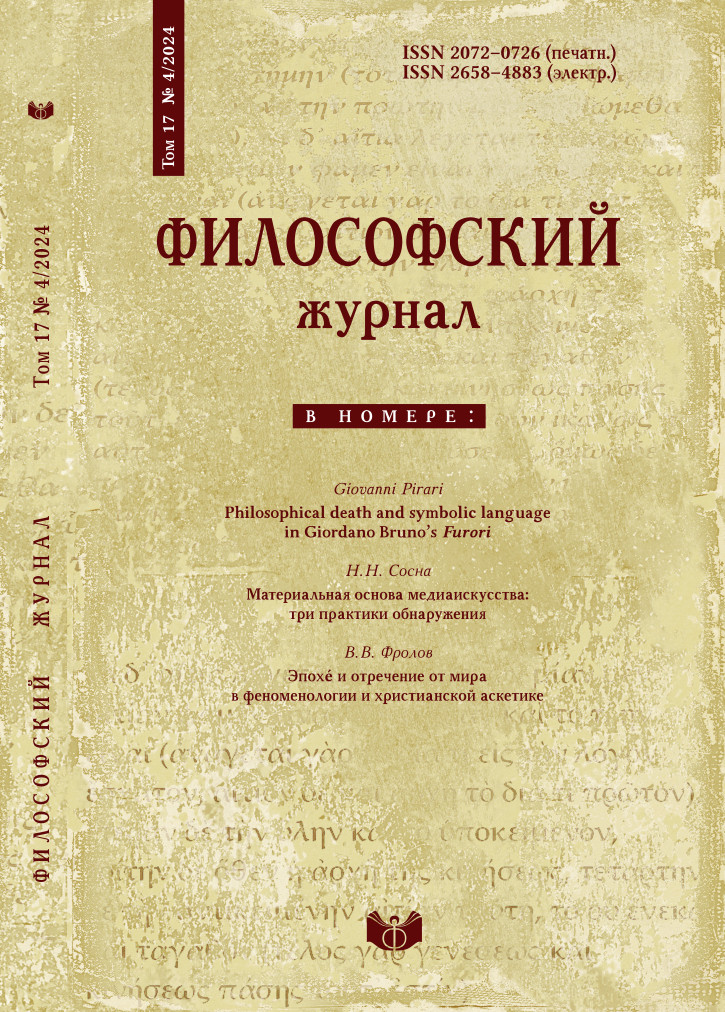On religious-philosophical understanding and construction of the typology of the female mystics
DOI:
https://doi.org/10.21146/2072-0726-2024-17-4-92-111Keywords:
mysticism, Bhakti, Sufism, Kāraikkāl Ammayār, Āṇṭāḷ, Rabi‘a al-‘Adawiya, genderAbstract
In the context of the study of gender issues in philosophy and the history of religions, medieval written sources reflecting the destinies and creativity of women mystics who became canonized saints have been studied quite little. This article attempts to “extract from the past” and “reanimate” the historical memory of three outstanding women mystics, two of whom lived in South India (Tamil Nadu) and belonged to the Hindu tradition – Kāraikkāl Ammayār, 6th century, and Āṇṭāḷ, 7th–8th centuries; the third one – Rabi‘a al-‘Adawiya – lived in Iraq (Baṣra, 8th–9th centuries) and professed Islam. This study is comparative in nature and consists of three “blocks” containing brief religious and cultural descriptions of the life and activities of each of the three women mystics, respectively, with an analysis of the understanding of their images, brought to us by the corresponding religious and philosophical tradition (using the method of situational hermeneutics developed by R. Pskhu). A number of important issues are considered, such as, for example: whether a woman realized in God overcomes or does not overcome her identification with gender? what is the interdependent relationship between her religious beliefs and the possible “reaction” of the divine object of her love, etc.? The philosophical understanding of the images of the three mentioned saints from different religious traditions, presented by the authors, can be considered as material for constructing a typology of female mystics.






